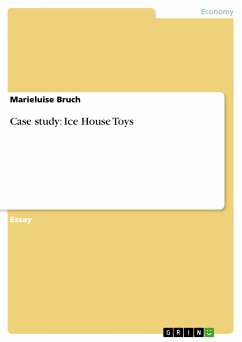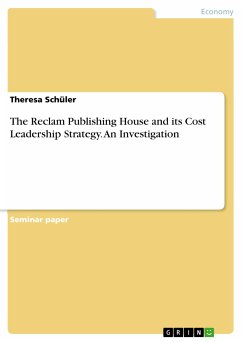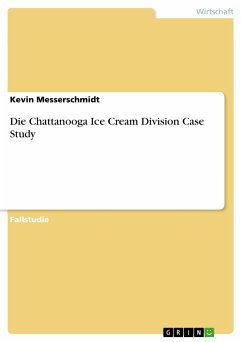Essay from the year 2004 in the subject Business economics - Business Management, Corporate Governance, grade: 70% = 1,3, Edinburgh Napier University, language: English, abstract: Ice House Toys is a company which consists of five shops and one mail-order business. The mail-order operations are situated in a warehouse in Bristol. This building consists three floors, each 1200 square metres. Every year Ice House Toys send three catalogues with about 300 different toys and games, all manufactured in UK, Europe and the Far East. The major of this catalogues is the Christmas catalogue which is sent to 160,000 customers resulting in 22,600 orders with an average order value of £42. The winter and spring catalogues are sent to 90,000 customers. This results in 6,900 orders with an average order value of £23. The stock for the Christmas sales is ordered by the end of July and received in two phases. 75 percent arrives in the first week of October and filled the stock areas to capacity. The remaining orders come after the first 2,500 orders have been processed in the fourth week of November. In 1999, stock with a resale value of £1.1m was ordered. The mail-order operation is divided into three stages: recording, assembly and packing and dispatch. Robin Baker, the Managing Director of Ice House Toys, plans three main changes for the mail-order operation. Firstly, he will do an agreement with a company which sells upmarket children's clothes. This will lead to 30,000 new names and addresses of customers. Secondly, Ice House Toys will spend further £18,000 on advertising because each £1,000 led to 190 additional orders in the past. And the last future change will be the newly created website. On this the user can find detailed description and photographs of each item. The ordering will be easier because you will have a virtual shopping basket and send your order online to the company. The user has not to print the descriptions and codes. In the trial period the customer's average order value was £60. Ice House Toys think that five per cent of their existing users will use this service.
Dieser Download kann aus rechtlichen Gründen nur mit Rechnungsadresse in A, B, BG, CY, CZ, D, DK, EW, E, FIN, F, GR, HR, H, IRL, I, LT, L, LR, M, NL, PL, P, R, S, SLO, SK ausgeliefert werden.









